SERIES REVIEW – David Lynch’s Twin Peaks is one of the cornerstones of the art of television. As a modern representative of surrealism, Twin Peaks is more than just a crime series, it is a mystery, psychological drama, surreal horror and satirical soap opera. The fundamental question that runs through the entire series is: “Who killed Laura Palmer?” But the answer is more complicated than you might think. Our article is based on the Twin Peaks seasons on SkyShowtime, of which unfortunately only the first and third are available.
David Lynch’s career has never been a straightforward, conventional one. Lynch’s 1984 film ‘Dune’ was a financial flop, and while the film has now achieved cult status, at the time critics and audiences alike were baffled by the large-scale but disjointed sci-fi epic. Lynch didn’t give up, however, and soon afterwards, with ‘Blue Velvet’, he was back in the critics’ good graces. With his unique visual style, mystical storytelling and eerie atmosphere, Lynch proved once again that he is a master of avant-garde cinema.
A true avant-garde masterpiece
Then came Twin Peaks. In the early 1990s, the modern-day revival of television was still a long way off, and Lynch was leaning more towards the cinema. However, writer and producer Mark Frost convinced him that television had the potential to create ambitious works of art. Lynch was sceptical at first, but eventually agreed to the project and Twin Peaks was born, revolutionising the world of television series.
Lynch was given a free hand in the creation of Twin Peaks, and the series is an organic expression of the director’s idiosyncrasies: surreal visions, complex characters and a sophisticated sense of humour. Not only did Twin Peaks usher in a new era of television series, it also marked a new chapter in Lynch’s career, where the boundaries between television and film were blurred. Twin Peaks was born with the promise that viewers could experience the depth and artistic power of big screen cinema on the small screen. The series’ ground-breaking nature and the director’s genius created a whole new genre of television, one that offered the opportunity to increase artistic expression and narrative complexity while holding the audience’s attention through ongoing mystery and compelling visuals.
The beginnings of the series and the blurring of genres
In 1990, Twin Peaks was brilliantly innovative. The surreal, sometimes oppressive atmosphere, the eerie music and the absurd humour of the characters made for an unusual but endearing combination. The series took its own creepiness seriously, while consciously playing with soap opera cliques, creating an unmistakably unique atmosphere. Television audiences were therefore witnessing something new and special when the pilot episode of Twin Peaks was aired. Breaking with the norms of traditional television series, Lynch defied the industry’s formal constraints to create a 90-minute, feature-length episode that immediately captivated viewers. The length of the episode allowed Lynch and Frost to give a deeper look at the small town and its inhabitants of Twin Peaks, while also introducing viewers to the mystery that underlies the series.
The filming was also full of special features. Lynch did not stick to the usual Hollywood script structure. Instead, he left the door open to improvisation and spontaneity throughout the creative process. The actors were often given their dialogue on the day of shooting, resulting in a fresh, spontaneous performance that was well reflected on camera. The Twin Peaks pilot focused not only on story and characters, but also on Lynch’s unique vision.
The pilot episode won critical and public acclaim. A brilliant combination of disturbing but compelling visions, thought-provoking, enigmatic dialogue and absurdist humour captivated the audience. Twin Peaks was unlike anything seen on television before. It challenged genre boundaries and set a new standard in television storytelling. Lynch and Frost mixed soap opera elements, mystery, drama and horror in a way that had never been done before. Twin Peaks not only entertained, it challenged viewers and made them think more deeply.
The success of the pilot episode proved that television audiences were ready for something new and exciting, which Lynch and Frost were happy to deliver in Twin Peaks.
Solving the mysteries and the decline in quality
The mystery of Laura Palmer’s murder was unravelled in the first half of the second season of Twin Peaks. David Lynch and Mark Frost initially refused to reveal Laura Palmer’s killer. Twin Peaks was not designed as a simple crime drama, where the murder is just a triggering event towards a much more complex, mysterious and psychological storyline. The starting point – “Who killed Laura Palmer?” – opened the door to a much larger, surreal universe where viewers could encounter the deep-rooted darkness of America’s bucolic small town.
However, the overwhelming popularity of the series and viewer curiosity about the cause of Laura Palmer’s murder forced the network to pressure Lynch and Frost to provide answers. The forced revelations led to a marked drop in the quality of the series in the middle of the second season of Twin Peaks.
After the mystery was solved, the series lost the mystical and surrealistic character that Lynch and Frost had originally created (who left the series for a while, until the last episode.) The storytelling slipped into the usual soap opera territory, and the characters began to lose their depth. Instead of surrealism and complex psychological storytelling, the series was increasingly pervaded by lighter but less satisfying threads, which often took a comic turn.
The absence of Lynch and Frost from the creative direction of the series has also had a serious impact. In recent times, they have been increasingly relegated to the background of television production and series management, which has contributed greatly to the decline in the quality of the series. The new writers and directors have not been able to fully reproduce Lynch and Frost’s original ideas, and the series has drifted significantly away from the original vision. Critics and viewers alike noticed this change and the series soon lost its former popularity. The original, fresh and exciting series had become a mediocre television show that could no longer maintain the special atmosphere it had initially had. The relegation of mystical and surreal elements, the lack of deep characterisation and the loss of complexity in the story all contributed to the series losing its former brilliance.
Critics and viewers perceived a strong drop in quality. The series, so engaging and exciting in its first season, has become a shadow of its former self. The kind of innovation and creativity that made Twin Peaks so different in the television field has been lost. The acting remained of a high standard, but the lack of storytelling and superficial character development meant that by the middle of the second season Twin Peaks was no longer able to maintain its initial charm.
Twin Peaks – Fire, come with me – A dark journey into the world of Laura Palmer
In 1992, two years after the second season of Twin Peaks, David Lynch returned to the Twin Peaks universe in “Twin Peaks: Fire, Come With Me”. The film focused on the final week of the series’ mythos, the final week of Laura Palmer, a central character in the series. The aim of the film was to answer many of the questions raised in the series and to give an even deeper insight into Laura Palmer’s troubled and dark world.
However, the film ultimately failed to meet the expectations of audiences and critics. While the series was a unique blend of the mystical and the everyday, the film was much darker and more depressing, more in the genre of horror and drama than the surreal and mystical atmosphere of the series. The film took us through Laura Palmer’s final tragic week, but many felt that the film did not bring any freshness to the world of Twin Peaks, but rather darkened an already bleak picture.
However, “Fire, come with me” has become a cult classic. Fans and critics alike began to appreciate the film’s artistic depth and dark tone, which better suited the world of Twin Peaks. Lynch’s distinctive visual style and unique way of storytelling ultimately earned the film its belated acclaim.
However, to date, “Fire, Come With Me” is not available on most streaming platforms, including SkyShowtime. To watch the film, you have to purchase it on DVD or Blu-ray or download it illegally, which limits your access to the film.
Twin Peaks: the reboot
In 2017, nearly two decades after “Fire, come with me”, Twin Peaks returned to television with a third season, “The Return”. Lynch and Frost are once again at the helm of the series, and the new season has been created in the same surreal and mystical style that originally defined Twin Peaks.
The new season had a darker and more sombre mood than the previous two. Lynch delved deeper into surrealism, and managed to surprise viewers again in the new episodes of the series. Surrealistic dream sequences, quirky humour, eerie visions and surprising twists and turns are back, but this time in a more sophisticated and profound form.
The new season challenged the viewer’s thinking and artistic sensibility more than previous seasons. The brutal, cruel and tragic deaths, often of innocent people, were combined with the usual “Lynchian” atmosphere, with even more crisply humorous and laugh-out-loud scenes. The complex storytelling and frequent jumps between timelines forced the viewer to follow the action continuously and with great attention. Once again, Lynch and Frost rejected the rules of conventional storytelling and instead created a world where logic and reality play a secondary role.
Twin Peaks: The Return was ultimately received positively by critics and won several awards. The series pushed the boundaries of surrealism even further and expanded the Twin Peaks universe. The new season also asked more questions than it answered, and for many fans, further expanded the mystery of the series.
So Twin Peaks: The Return was yet another example of Lynch and Frost’s creative genius, proving that Twin Peaks can still innovate and surprise audiences. The new season was not only a worthy continuation of the series, but another step in Lynch’s artistic journey, where surrealism and mystery go hand in hand.
David Lynch: genius or troll?
David Lynch is not only the Hitchcock of television, but also a master of modern surrealism. His Twin Peaks not only rewrote the rules of television entertainment, but also took surrealist art to new heights. The series is not only a psychedelic puzzle, but also a visual and narrative masterpiece. Every episode raises new questions and every scene carries a new and unique meaning.
The mystery surrounding the series is how much Lynch trolls his viewers? The nature of surrealism means that it is often difficult to distinguish reality from fantasy, and Lynch is a master of confusing the two. But that doesn’t mean that Twin Peaks is just a complex farce. Rather, it gives the impression that Lynch has created his own surreal world in which everything makes sense, even if that sense is not always clear to the viewer.
In the end, we can sum up the question that pervades Lynch’s work: genius or troll? The answer is probably both. Lynch is undoubtedly a director of genius, able to create a world that surprises and makes the audience think. At the same time, he is not afraid to confuse the audience, and sometimes perhaps even enjoys stirring up the fog around the audience’s head. After all, that’s what makes him David Lynch, the master of surrealism.
-BadSector-
Twin Peaks S01-S02-S03
Direction - 9.2
Actors - 8.5
Story - 9.2
Visuals/Music/Sounds/Action - 9.5
Ambience - 9.5
9.2
AWESOME
David Lynch's "Twin Peaks" is one of the most influential series in the history of television, mixing mystery, surrealism and genius with a touch of humour. With Lynch's masterful touch, the series is a true work of television art, capable of renewing itself again and again decades after its inception, and the third season in 2017 is the pinnacle of the series.

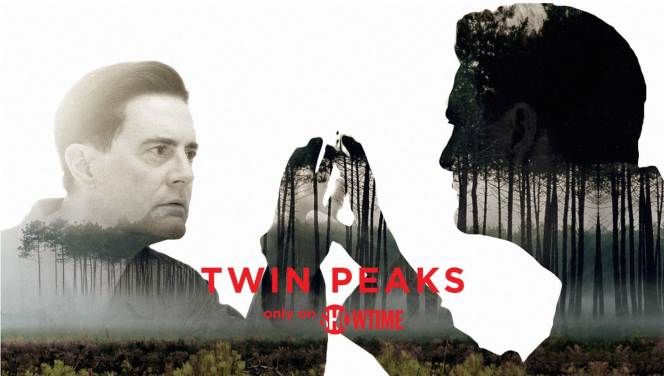
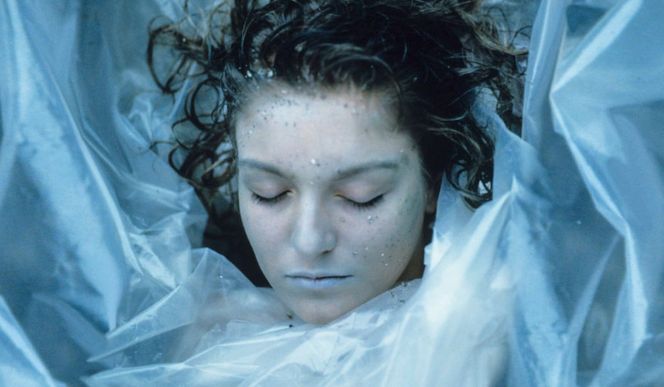
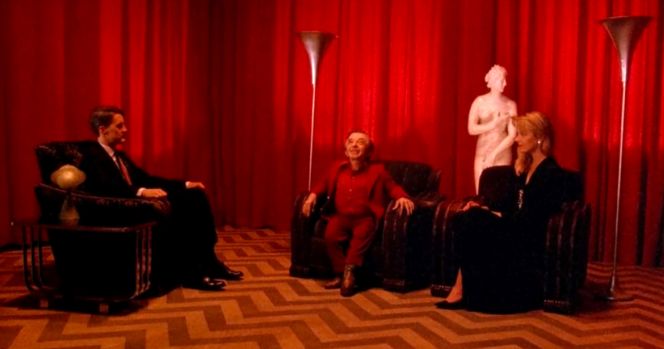
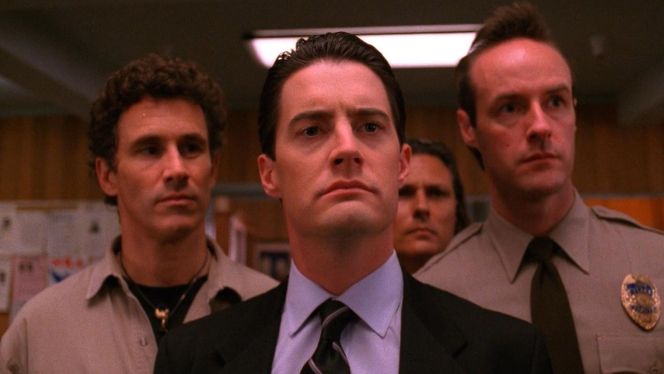
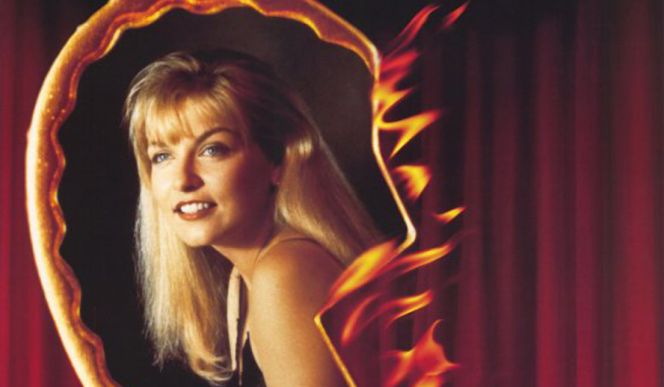
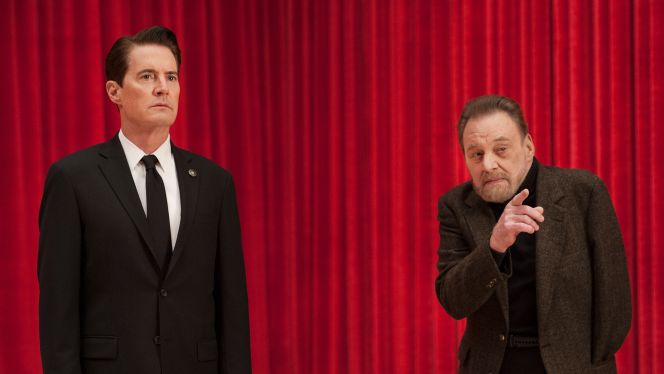
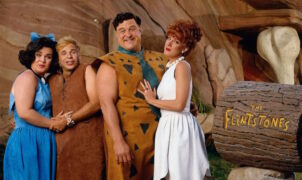
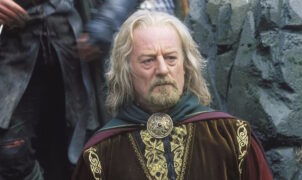

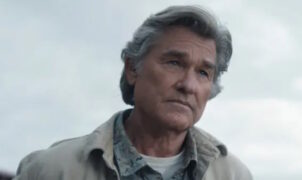


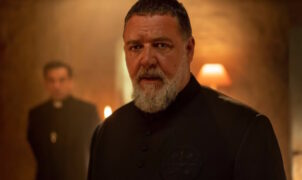


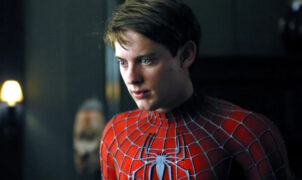
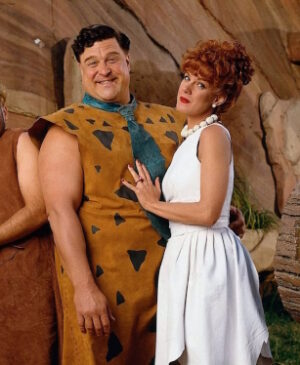


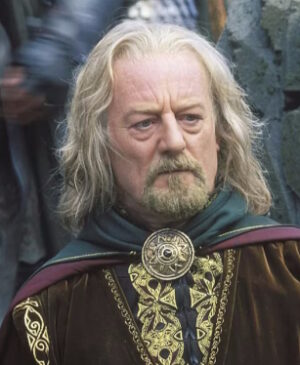
Leave a Reply